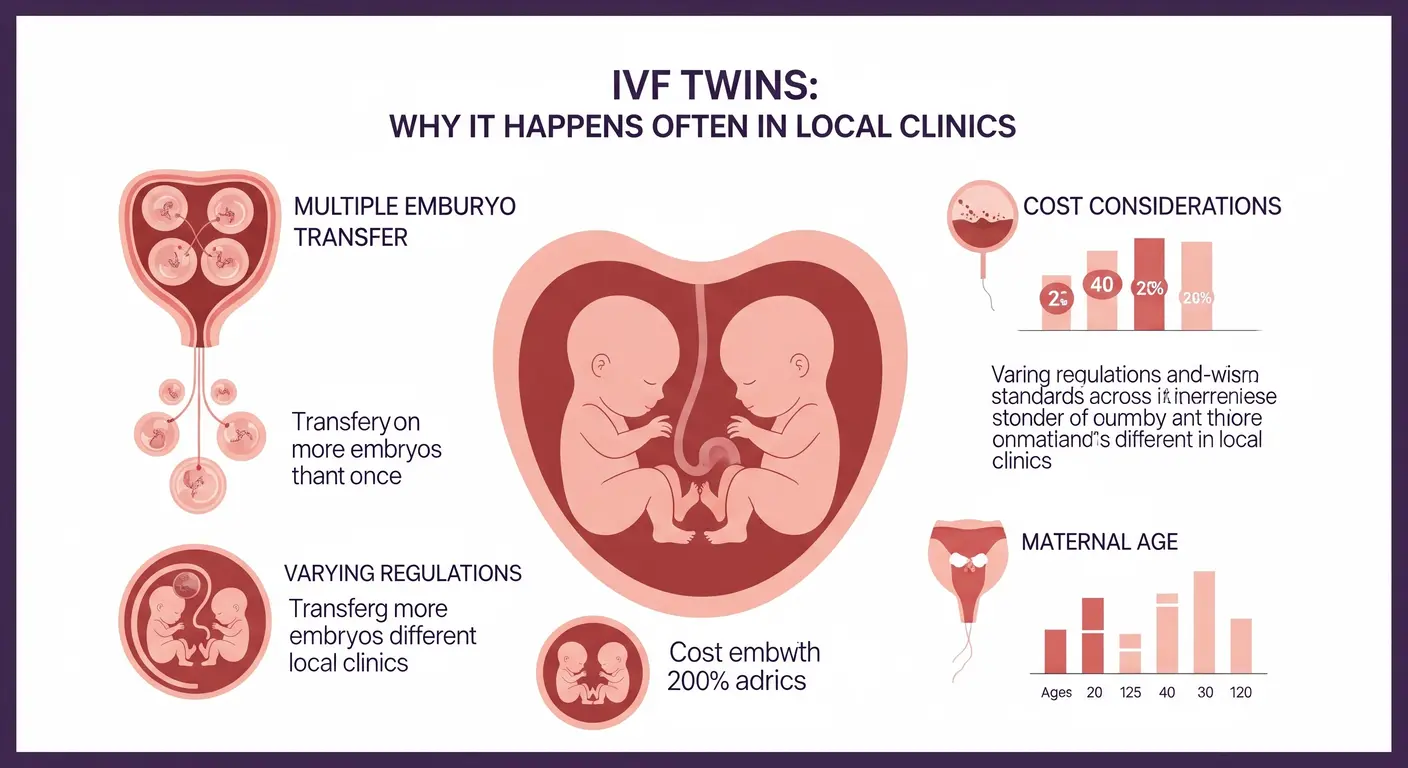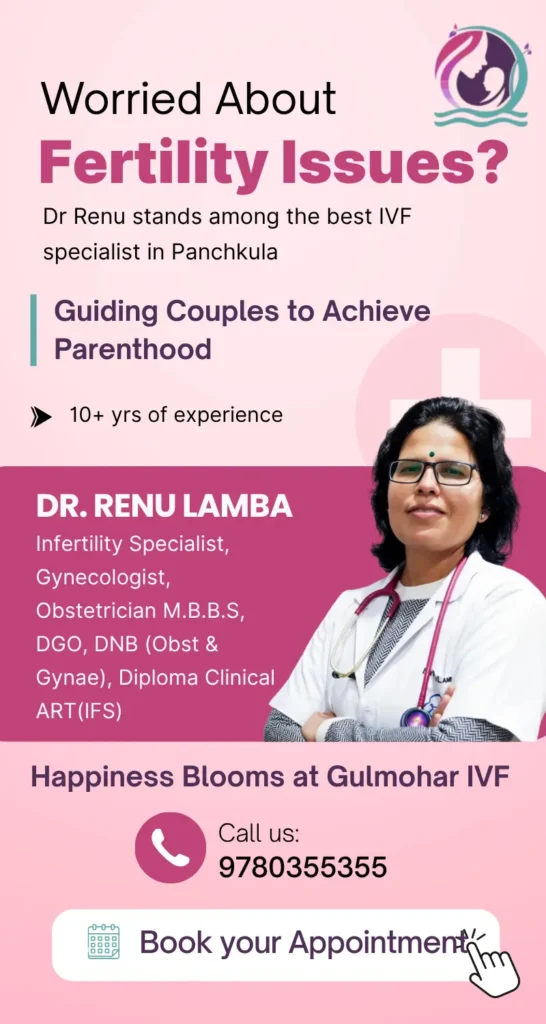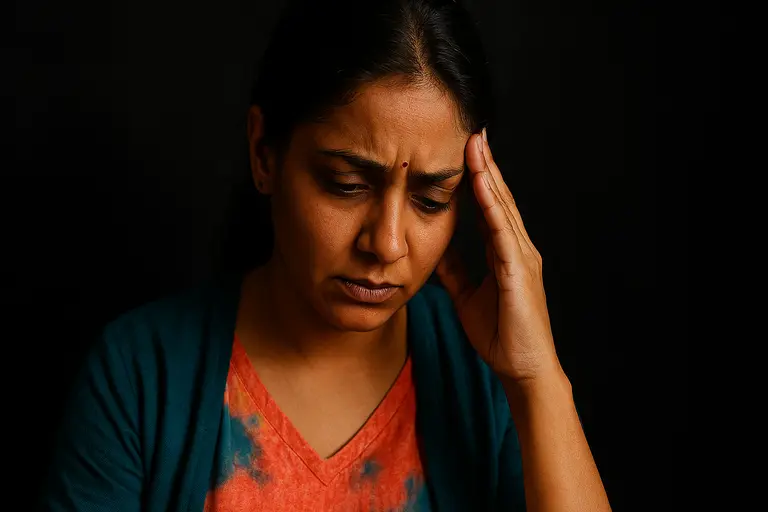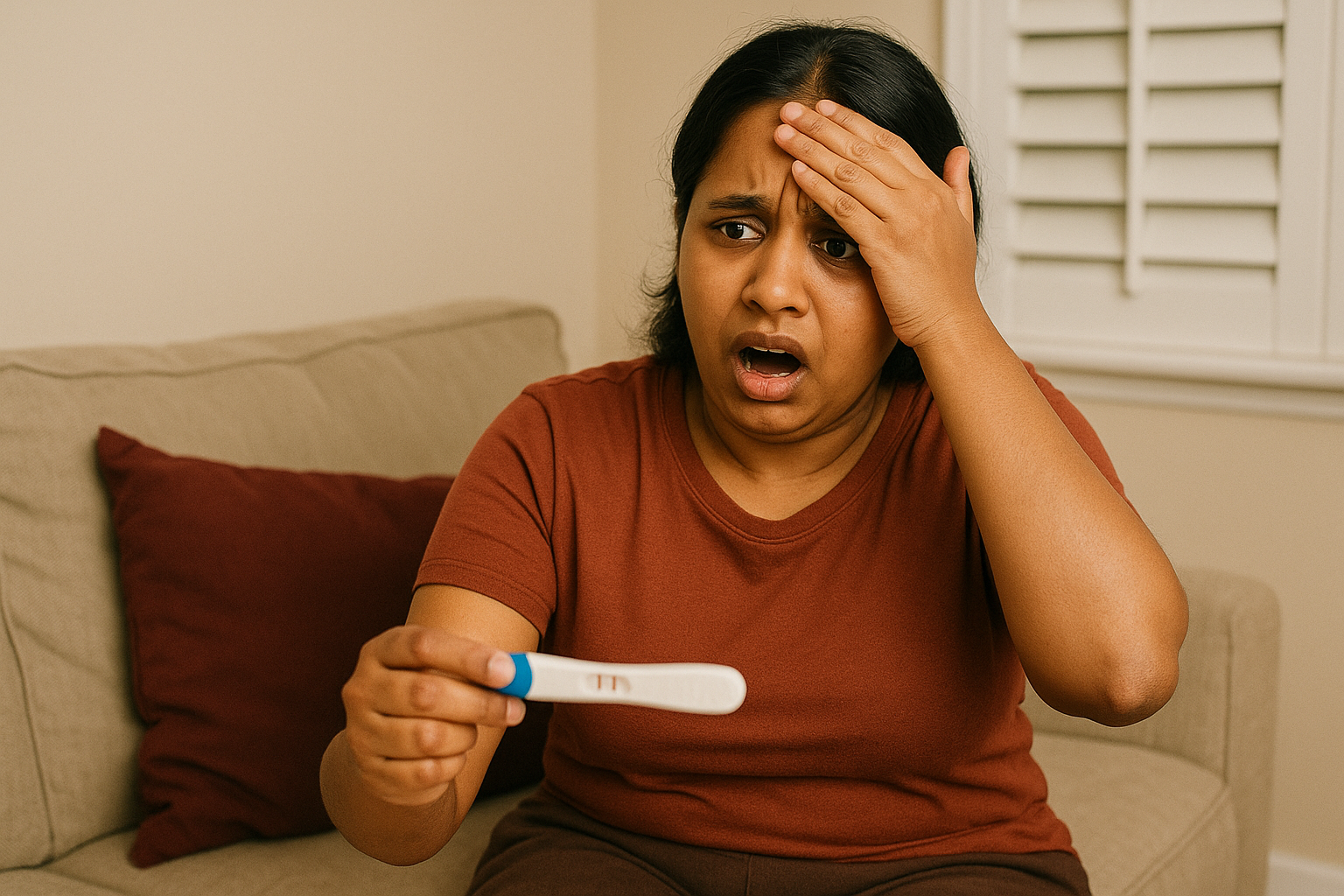Dreaming of a baby is beautiful, but discovering you might get two at once can feel like winning a bumper prize! IVF twins Panchkula cases are more frequent than many couples realise, and understanding why helps you decide whether “double joy” is right for you. In the next few minutes we’ll explore the science, local trends, and safe-practice tips—so you can walk into Gulmohar IVF’s consultation room fully prepared.
1. The Biology Behind Double Embryo Transfers
During a standard IVF cycle, multiple high-quality embryos may be created. Historically, transferring two embryos was common to boost success rates, especially when laboratory technology was less advanced. If both implant, fraternal twins result; if one embryo splits naturally, identical twins occur. Modern blastocyst culture, time-lapse monitoring, and pre-implantation genetic testing can identify a single robust embryo, allowing safe single-embryo transfer (SET). Yet couples often equate “two embryos = double chance,” keeping the twin rate higher than natural conception (about 6%)—ICMR puts Indian ART twin births at roughly 30% source.
2. IVF Twins Panchkula Statistics: How Common Are They?
Across North India, twin pregnancies from IVF hover between 20-25% in mid-sized cities. Panchkula clinics, including ours, match this national pattern because many couples still request two-embryo transfers for “extra insurance.” Compare that with the CDC’s U.S. data, where 85% of transfers are single-embryo and twin rates have fallen below 10%. Local culture, late marriage age, and doctors balancing cost–value drive the difference. Bottom line: chances of conceiving twins here are 3–4 times higher than in natural pregnancies.
3. Why Couples Often Ask for “Do Chhine Ek Saath” (Two Blessings Together)
Walk into any Panchkula fertility OPD and you’ll hear couples say, “Doctor, hum ek hi baar family complete karna chahte hain.” Social pressures—jobs in big IT parks, delayed marriages around 32-35, and soaring childcare costs—make twin babies appear efficient: one pregnancy, double happiness. Bollywood stories of high-profile twin births through IVF add glamour. Yet medical counselling rarely makes headlines. We ask our patients to weigh convenience against increased maternal risks like gestational diabetes and pre-term delivery. Education turns wishful thinking into informed decision-making.
4. Clinic Protocols: Single vs Double Embryo Transfer
At Gulmohar IVF we follow the latest ASRM guidelines recommending SET for women under 35 and good-quality embryos. Double transfers are reserved for recurrent failures or poor embryo grading. Other Panchkula centres may still offer elective double transfers to maintain headline success figures. Always ask your clinic four questions:
- How many embryos do you routinely transfer in first cycles?
- What is your SET live-birth rate?
- Do you offer blastocyst culture and genetic testing (learn more)?
- Will you freeze extra embryos for future SET cycles?
Transparent answers show commitment to safety over statistics.
5. Risks Tied to Multiple Pregnancy in IVF
While twins look cute on social media, the medical file tells another story:
- Pre-term birth: Deliveries before 37 weeks are 50-60% common in twin gestations (CDC FastStats). Neonatal ICU bills can soar.
- Low birth weight: Doubles the risk of respiratory distress and feeding issues.
- Maternal complications: High blood pressure, anaemia, C-section likelihood.
- Long-term health: Twins have higher chances of cerebral palsy and developmental delays if born very early.
Hence “one healthy baby at a time” has become the global ART mantra.
6. New-Age Techniques Reducing Twin Rates Without Hurting Success
Advances such as time-lapse embryo imaging, AI-based grading, and freeze-all protocols allow clinicians to pick a single champion embryo. Vitrification preserves embryo quality, giving patients multiple SET chances rather than one high-risk double transfer. Studies show cumulative live-birth rates from two SET cycles match or exceed one double-embryo cycle, with far fewer complications (NIH review).
7. Lifestyle & Age Factors: Panchkula’s Late-Marriage Trend
Average marriage age in Tricity couples has climbed to 30 plus. Egg quality declines, pushing some doctors to transfer two embryos to offset age-related drop-off. Smoking, desk jobs, and stress during shaadi ki tayari add hurdles (stress & fertility guide). Improving lifestyle and considering early egg freezing are smarter alternatives than banking on twins.
8. Emotional & Financial Reality of Raising Twins in India
Two sets of diapers, vaccinations, school fees, plus double midnight feeds—parenting twins can strain even joint families. A recent survey of NCR parents showed monthly childcare expenses jump by 65-70% with twins. Emotional burnout affects marital harmony. We share this not to scare but to help couples plan realistically. As one Panchkula mother told us, “‘Do khushiyan ek saath’ feels magical, par raat ki neend half ho jati hai!”
9. How Gulmohar IVF Lowers IVF Twins Panchkula Risk While Maximising Success
Under Dr. Renu Lamba’s care, we prioritise personalised stimulation protocols, blastocyst SET, and strong cryo-back-up plans. Our twin rate dropped from 26% in 2019 to below 12% in 2024 without sacrificing live-birth percentages. Couples who still prefer twins receive counselling, a customised nutrition plan (see diet tips), and high-risk obstetric referrals to safeguard outcomes.
10. Your Next Steps: Making an Informed Choice About Embryo Transfer
If you’re weighing single versus double transfer, start by listing your goals, health history, and support system. Discuss them openly during your consultation. Remember:
“A healthy singleton today often beats an uncertain double tomorrow.”
“Ek pyara sa baby, sukoon bhari journey—that’s priceless.”
Whether your heart is set on twins or a safe singleton, informed decisions align medical science with your family dreams.
Want to speak to fertility expert Dr. Renu Lamba? Book consultation with Dr. Renu Lamba.
Disclaimer: This article is for educational purposes only. Please consult a qualified fertility specialist for diagnosis and treatment options.









